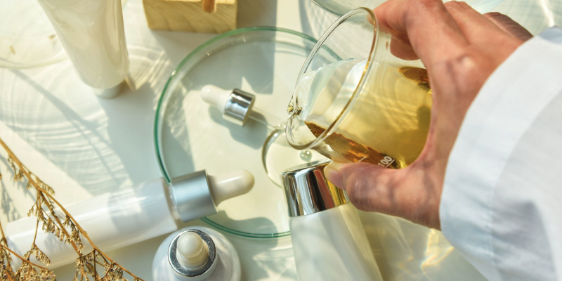Formulating compliance: understanding cosmetic ingredient restrictions in the EU

In the European Union (EU), cosmetic products are strictly regulated to ensure consumer safety. One crucial aspect involves the listing of prohibited, restricted, and permitted ingredients in cosmetic formulations under Annexes III to VI to Regulation (EC) No 1223/2009.
Prohibited ingredients
Annex II to Regulation (EC) No 1223/2009 provides a comprehensive list of substances that are prohibited from being used in cosmetic products. This list includes substances that have been classified as carcinogens, mutagens or reproductive toxicants (CMR substances), and other harmful substances that pose significant risks to human health. Currently, there are more than 1700 substances prohibited for use in cosmetics in the EU.
The prohibition of these substances underscores the EU's commitment to ensuring the safety of cosmetic products and protecting consumer health.
Restricted ingredients
In addition to prohibited substances, Regulation (EC) No 1223/2009 also identifies certain ingredients that are subject to restrictions in cosmetic formulations through Annex III. These restrictions may refer to the product type, body parts, maximum concentration of use in the ready-for-use preparation, or other factors related to the use of the ingredients in cosmetic products. For example, certain fragrances and preservatives are subject to concentration limits to minimize the risk of skin sensitisation. By imposing restrictions on these ingredients, regulators aim to mitigate potential risks while allowing for their safe use in cosmetics under controlled conditions.
Permitted ingredients
Alongside prohibited and restricted substances, Regulation (EC) No 1223/2009 also provides a positive list of permitted colorants (Annex IV), preservatives (Annex IV) and UV filters (Annex V) that are deemed safe for use in cosmetic products. These permitted ingredients undergo rigorous evaluation and assessment by scientific experts to ensure their safety and suitability for cosmetic formulations.
Compliance with the regulatory requirements on ingredients outlined in Regulation (EC) No 1223/2009 is of greatest importance for cosmetic manufacturers operating within the EU market. Ensuring compliance with ingredient restrictions helps uphold the commitment to consumer safety and reinforces trust in cosmetic products.
![[Logo Cosmedesk]](/media/ljbbhnk4/logo-cosmedesk.svg)